
The coffee tree (Coffea) is an evergreen tree plant that belongs to the Madder family. The plant forms deep burgundy fruits with seeds-grains. Such a tall shrub in the wild can reach a height of 8 to 10 m. Opposite large leaf plates are leathery to the touch. The color of the inflorescences is cream or white. In cultivation, the plant is shortened to a height of 150 to 250 cm. This makes it much easier to care for and harvest.
This shrub is native to tropical Ethiopia. It is distinguished by an average rate of growth and development, while its annual growth rate is 50–100 mm per year. The life span of such a perennial is directly related to how favorable the climatic conditions are for its growth. Science knows coffee trees that are more than 100 years old, while they do not stop bearing fruit.
Flowering of such a plant is observed in April – October. After that, fruits are formed on the branches that can be eaten. The first time a coffee tree blooms and bears fruit at the age of 3-4 years.
Brief description of cultivation
- Temperature . In the spring-summer period - from 20 to 30 degrees, and in winter - from 12 to 15 degrees.
- Air humidity . Should be elevated (approximately 70 percent).
- Illumination . Supplementary lighting or diffused sunlight. The best option for a plant is a western or northern window sill.
- Watering . The substrate is moistened with well-settled softened water. In the warm season, watering is carried out at a frequency of 1 time in a couple of days (at least), and in the winter months - after the top layer of the soil mixture has dried.
- Substrate . Should be slightly acidic. A high-quality drainage layer is made at the bottom of the pot.
- Fertilizer . Top dressing with organic fertilizer is carried out 1 time in 15 days. In this case, mineral fertilizers are applied to the substrate once every 2 weeks.
- Transplant . It is carried out only when the roots cease to fit into the pot (approximately once every 3 years).
- Reproduction . By seed and vegetative method.
- Features of care . The plant reacts extremely negatively even to a small draft and to stagnant moisture in the roots. In winter, the bush needs rest, while it is removed away from working heating appliances.
Caring for the coffee tree at home
Temperature
Indoors, the coffee tree develops best and grows at an air temperature of about 23 degrees. However, if the temperature in the room is higher than this value, then the plant will not suffer, the main thing is to monitor the optimal level of humidity.
In winter, the shrub must rest. To do this, it is transferred to a cool place - from 12 to 15 degrees.
Air humidity
During the hot and dry summer months, coffee is moistened every day from a spray bottle with well-settled soft water. Once every 30 days, it is recommended to use an ash infusion for spraying a bush, which is used to prevent the appearance of diseases and pests. In the cold season, moisturizing the foliage is highly discouraged. Spraying is carried out only if the bush is next to a working heating device.
Illumination
Homemade coffee tree is not light-requiring. It does not need direct sunlight, so north and west windows are great for growing it. If necessary, the bush can be placed not on the window, but next to it.
However, if the coffee is constantly in the shade, then this can be the reason for the lack of flowering. In this case, he needs to provide additional lighting.
Watering
The coffee tree is an exotic tropical plant. But despite this, it reacts negatively to excessively abundant watering and to stagnant water in the sump. However, the plant can also be harmed by the drying out of the earthen coma in the pot.
If you notice that the foliage on the branches is drooping, then this is a sign that the plant needs urgent watering. If the bush does not receive moisture, then it may die, and it will be extremely difficult to save it.
In winter, the bush is watered about once every 7 days. Moreover, the substrate is moistened only after its top layer has dried.
Pot selection
When choosing a container for transplanting coffee, you must first of all rely on the size of its root system. If the bush grew in a small pot, then it cannot be immediately transplanted into a very spacious container. Ideally, the volume of the container during transplantation should be larger than a clod of earth with a root system by only 20–40 mm. If the pot is larger, then this will lead to a rapid acidification of the substrate and to the appearance of rot on the root system.
Substrate
For such a culture, a slightly acidic clay soil mixture with the addition of organic matter is best suited. For planting, you can use a purchased universal soil mixture. If desired, the substrate can be prepared with your own hands; for this, mix peat, garden and humus soil with river sand, while all components are taken in equal proportions.
At the bottom of the container, be sure to make a good drainage layer. It will help prevent stagnation of fluid in the root system. In addition to the soil mixtures described above for transplanting coffee, you can use a store-bought substrate for azaleas or gardenias.
Fertilizer
During the growing season, the plant needs a regular supply of additional nutrients. Timely feeding will ensure the correct growth and development of the shrub, while the foliage will be dense, and the fruiting will be abundant.
The feeding scheme recommended by experts:
- In March-May, nitrogen-containing fertilizer is applied to the substrate. Then, one feeding is carried out with minerals and one with organic matter.
- In the summer, feeding is carried out once every 1.5 weeks. For this, monosubstituted potassium phosphate is used. At this time, organic fertilizers are not applied.
- In September, the plant is fed with potassium salts on the foliage.
In addition, the substrate should be spilled regularly once every 30 days with acidified water: 1 g of citric acid is dissolved in 1 liter of water.
Transplanting a coffee tree
If a coffee tree grows for a very long time in the same container, then this can lead to a deterioration in its development. That is why a timely transplant is the key to abundant flowering and good fruiting.
After the shrub is removed from the old pot, examine its root system. Remove any dried or rotten roots. After that, the bush is planted in a new container filled with fresh soil mixture. Please note that after planting, the root collar of the plant should rise 0.5–0.7 cm above the substrate surface. Carefully fill all the voids with new soil mixture.
After the completion of the transplant, the substrate in the pot is well moistened with melted or settled water, which should be slightly warm. After a couple of days, the surface of the soil mixture must be loosened to provide easy moisture to the soil mixture and to exclude stagnation of moisture in the roots.
Pruning
If desired, such a shrub growing at home can be systematically pruned. This will help give the crown the desired shape. If you want to grow a standard tree, then it is better not to prune the plant at all, because often after pruning, the growth of shortened branches stops.
Most often, intensive branching of coffee is observed after the height of the bush is 0.5–0.8 m, and therefore the standard look is formed independently without the intervention of a grower. If the coffee tree is formed in the form of a shrub, then to give the crown the desired shape, you should pluck out the excess shoots.
Bloom
From April to October, the indoor coffee tree has a period of flowering and intense growth. At this time, small inflorescences are formed in the leaf axils, consisting of 4-6 white flowers. They have a pleasant, unobtrusive aroma that is similar to jasmine.
Please note that flowering occurs only in adult specimens. If you take good care of the plant and provide it with a dry winter, then most likely the first flowers will form on the branches in the third or fourth year of growth.
Dormant period
From about October, the dormant period begins for the bush, for which it needs to create certain conditions. Plant care rules during the dormant period:
- the air temperature in the room must be within 12-15 degrees;
- the substrate in the container is moistened only after its top layer dries well;
- the bush should be in the shade, but every day for several hours it needs to be supplemented.
In the last winter or early spring weeks, the coffee tree is transferred to a warmer place. At the same time, bright sunlight at this time is contraindicated for him.
How long can you leave without care?
If you urgently need to leave for a while, then in order to prevent the death of the coffee tree, you must first prepare it:
- It is necessary to cut off all flowers or fruits. The fact is that the plant spends a large amount of moisture on them.
- Pinch young shoots, which will stop their growth for a while.
- Before leaving, it is recommended to put the pot with the bush on a foam rubber mat, which is in a container with water. Please note that the drainage holes on the bottom of the container should not be very tightly plugged with foam pieces.
In addition, if possible, you can install an automatic watering device. Thanks to him, the bush will be provided with a systematic access of water for 15–20 days.
Reproduction methods
Growing from seeds
If desired, indoors, the coffee tree can be grown from seeds. For this, only freshly harvested seed is suitable. The older the seed, the less chance of a seedling emerging.
The sowing substrate is used loose and permeable to water. For example, river sand mixed with leafy earth can be used. Before proceeding with sowing, the substrate is sterilized: for this it is within 10 minutes. stand over steam of boiling water.
Seed material is not buried; it is laid out on the surface of the soil mixture. Otherwise, it may rot. The seeds should be laid flat on the surface of the substrate. Next, the crops are irrigated with slightly warm water. From above, the container is covered with glass or film. It is necessary to ventilate the crops regularly: for this, the shelter is removed for three hours with a frequency of 2 times every 7 days.
25 degrees is the optimal temperature for seedlings to appear. In this case, the appearance of the first shoots can occur not earlier than 6–8 weeks after sowing. After the seedlings develop several true leaf plates, you can pick them up. The first fruiting in a bush that has grown from seeds is observed in the third or fourth year of growth.
Cuttings
For harvesting cuttings, last year's branches are used, while there should be 2 nodes on each segment. Before planting, the cuttings are kept in a Heteroauxin solution for several hours. Then they are planted in a mixture consisting of 1 part of peat and 1 part of sand. The lengths are deepened into the substrate by 30 mm. Do not forget to make a good drainage layer at the bottom of the container.
Cuttings should be provided with the same air temperature and the same irrigation regime as when sowing seeds. In order for the segments to give roots faster, they need bottom heating of the container.
After the cuttings begin to grow and young leaf plates appear from the buds, you can plant them in a permanent pot. Such bushes will bear fruit for the first time in the second year of growth.
Possible problems
In case of violations in the care of the coffee tree, problems such as:
- Darkening and drying of the edge of the sheet plates . The air in the room is excessively dry.
- The foliage turns yellow . Rotting of the root system has occurred.
- Brown specks are formed on the leaf plates . Deficiency of nitrogen in the substrate.
- The appearance of holes on the leaves . This occurs as a result of sunburn.
- Young foliage turns yellow, while the veins are colored green . The substrate is not acidic enough.
- The foliage turns yellow, begins to rot and flies around . Moisture stagnates regularly in the soil mixture.
- Fly around foliage in winter . The shrub is experiencing an acute lack of light.
- Excessively slow growth . Lack of nutrients in the soil mixture.
- The foliage becomes wrinkled, specks of a yellow tint are formed . Lack of potassium or soil mixture is moistened with hard water.
- The leaf plates are covered with spots of a brown or purple hue . The phosphorus content in the substrate is too low.
- Young foliage is pale yellow and very small . This is how iron deficiency manifests itself.
- Pests such as mealybugs, scale insects and spider mites most often settle on the plant .
Types of coffee trees
Below will be described those varieties of coffee trees that are most popular in indoor culture.
Arabian coffee tree (Coffea Arabica)
The people know this variety more as arabica. In the wild, the bush reaches six meters in height. In a room culture, its dwarf variety "Nana" is grown, the height of the bush of which does not exceed 0.8 m. Flowering is observed twice a year. The bush is easy to shape.
Congolese coffee tree, or Robusta (Coffea canephora)
The variety is distinguished by its unpretentiousness and well-developed root system. A characteristic feature of this variety: after the fruit branches die off naturally, they fly around.
Liberian coffee tree (Cofféa liberica)
Such a tall and rather large shrub has a pyramidal crown. It can be grown both in a spacious room and in a greenhouse. The variety is highly resistant to most coffee tree diseases.
Beneficial features
The coffee tree seeds contain valuable trace elements and substances. In this case, the most famous and active substance is caffeine. On the basis of caffeine, preparations and drinks are made that differ in their stimulating, stimulating and tonic effect. They are used in the treatment of fatigue, headache, nervous exhaustion and other diseases. Coffee has a rich unique aroma and taste, due to which it is widely used in cooking for the preparation of various drinks, ice cream, desserts, baked goods.
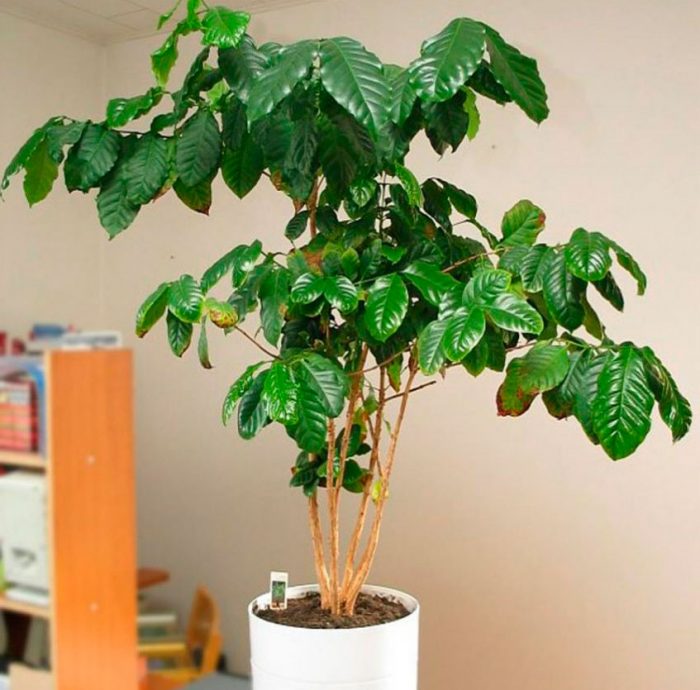

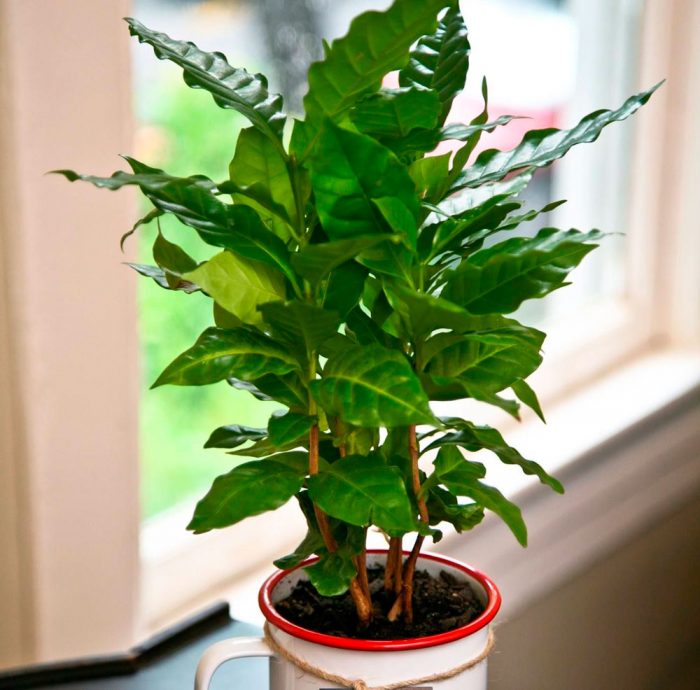
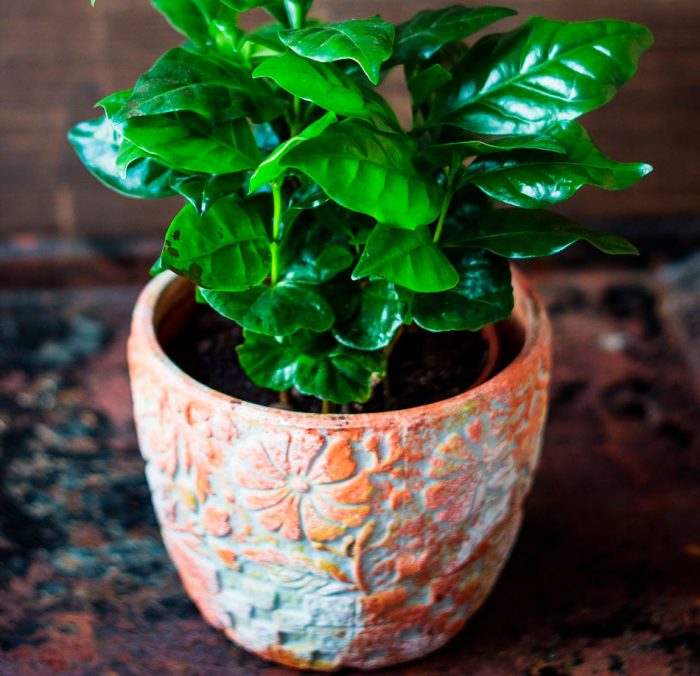
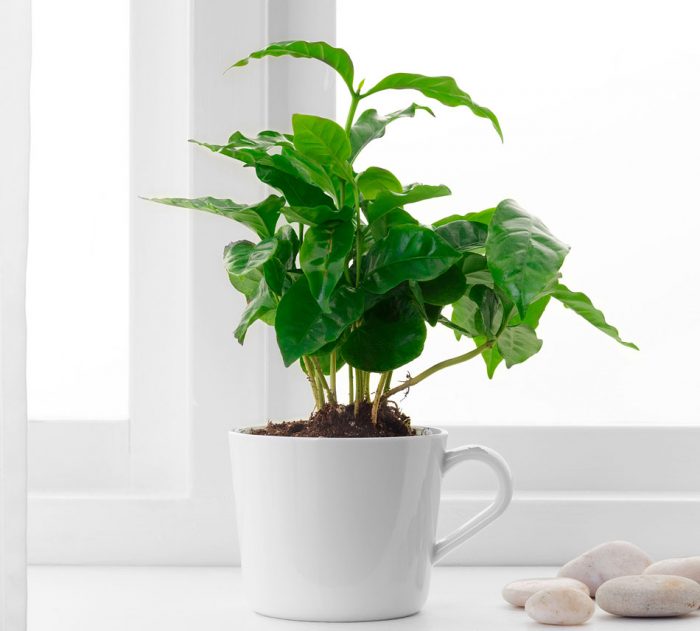
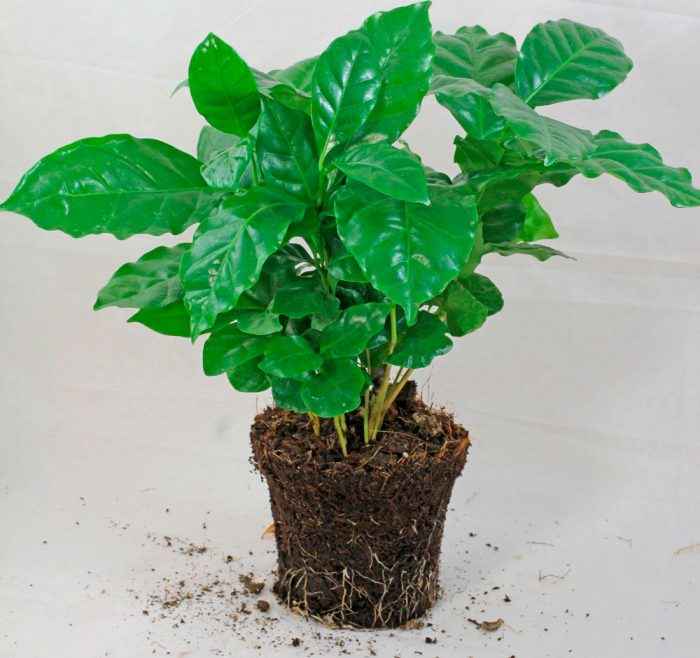
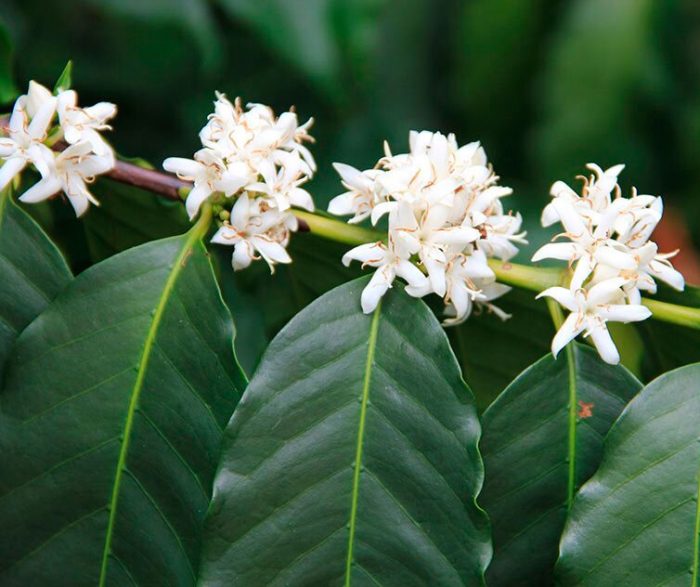
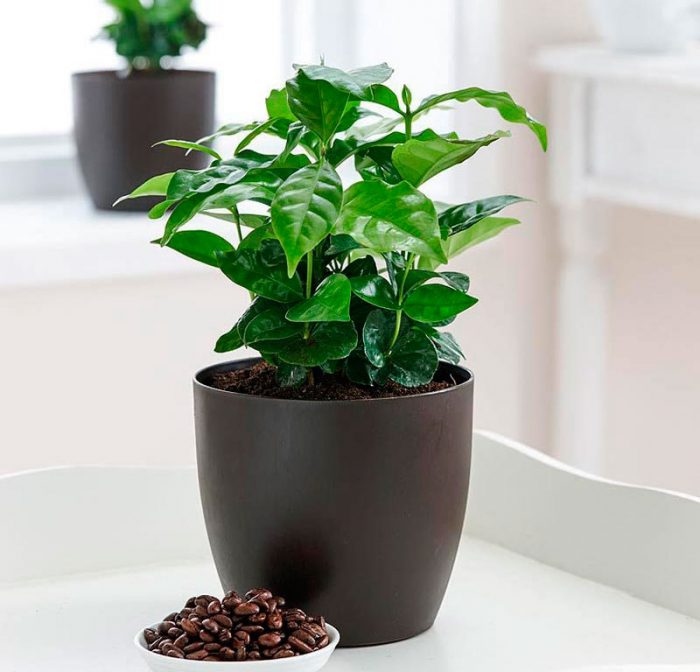
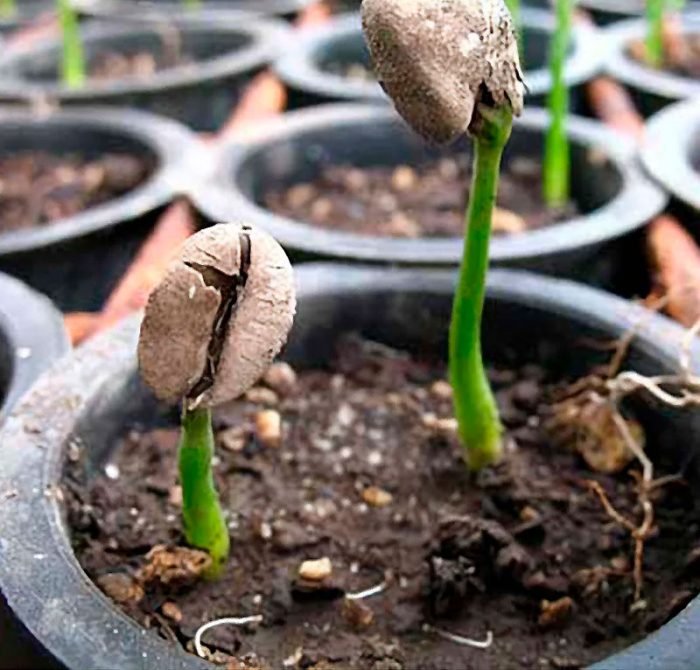
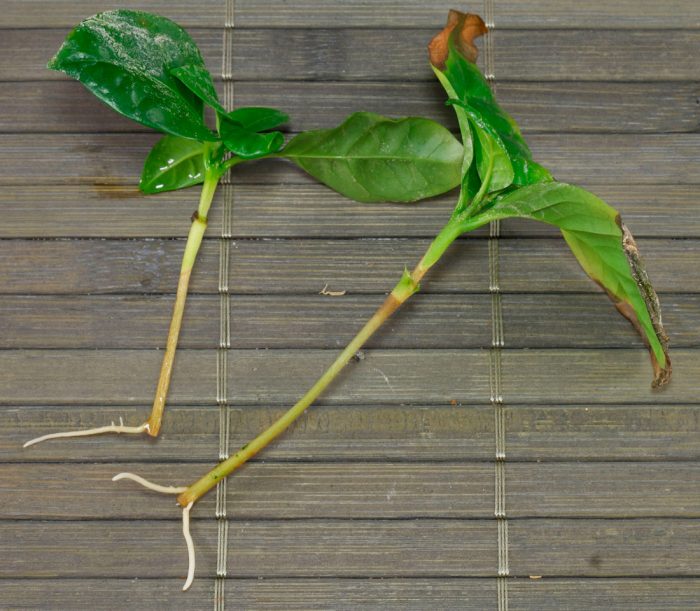
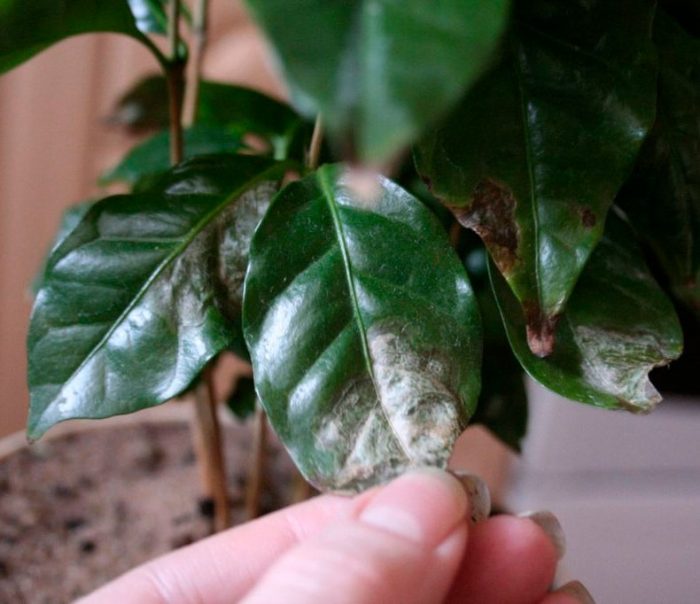
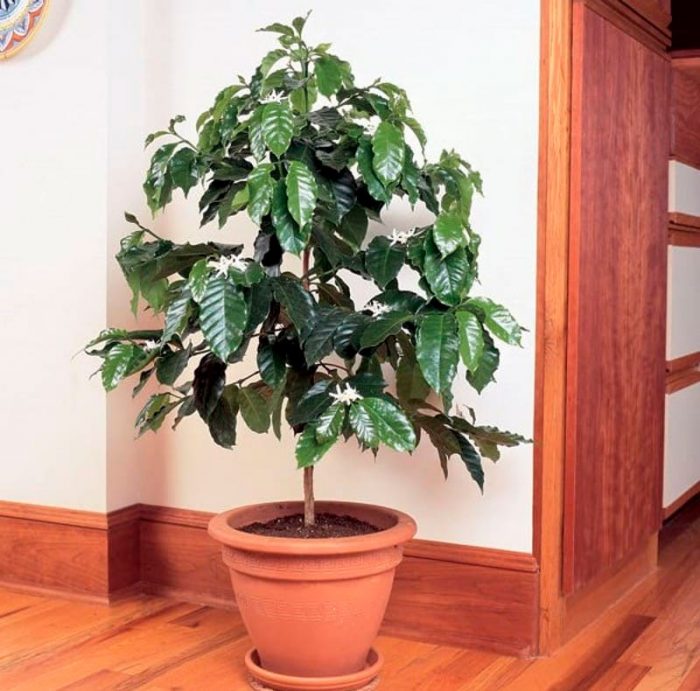
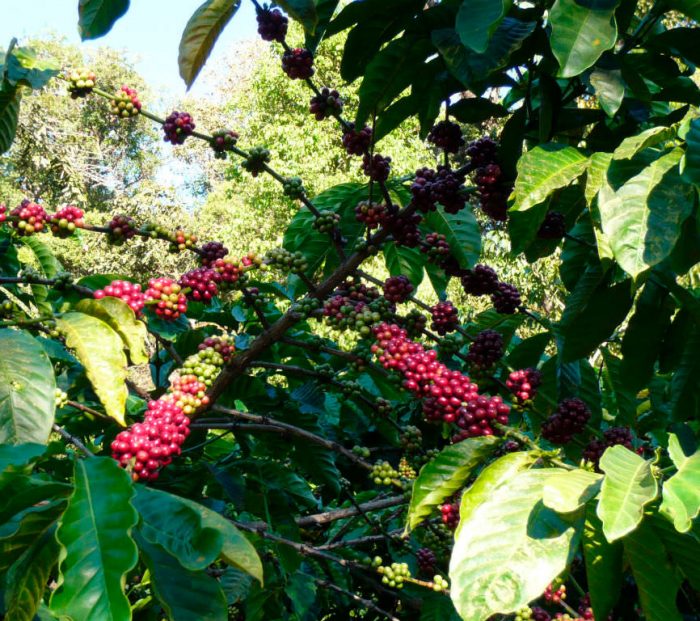
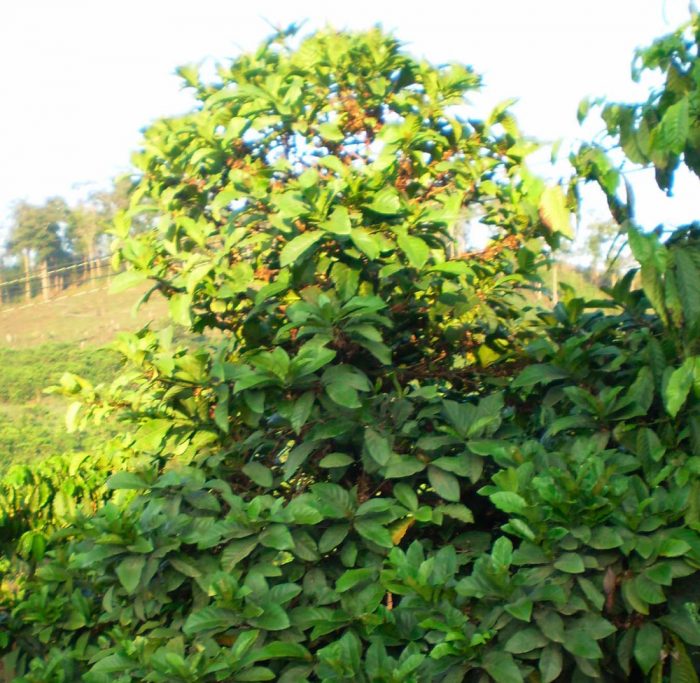


.jpeg)


0 Comments
Post a Comment